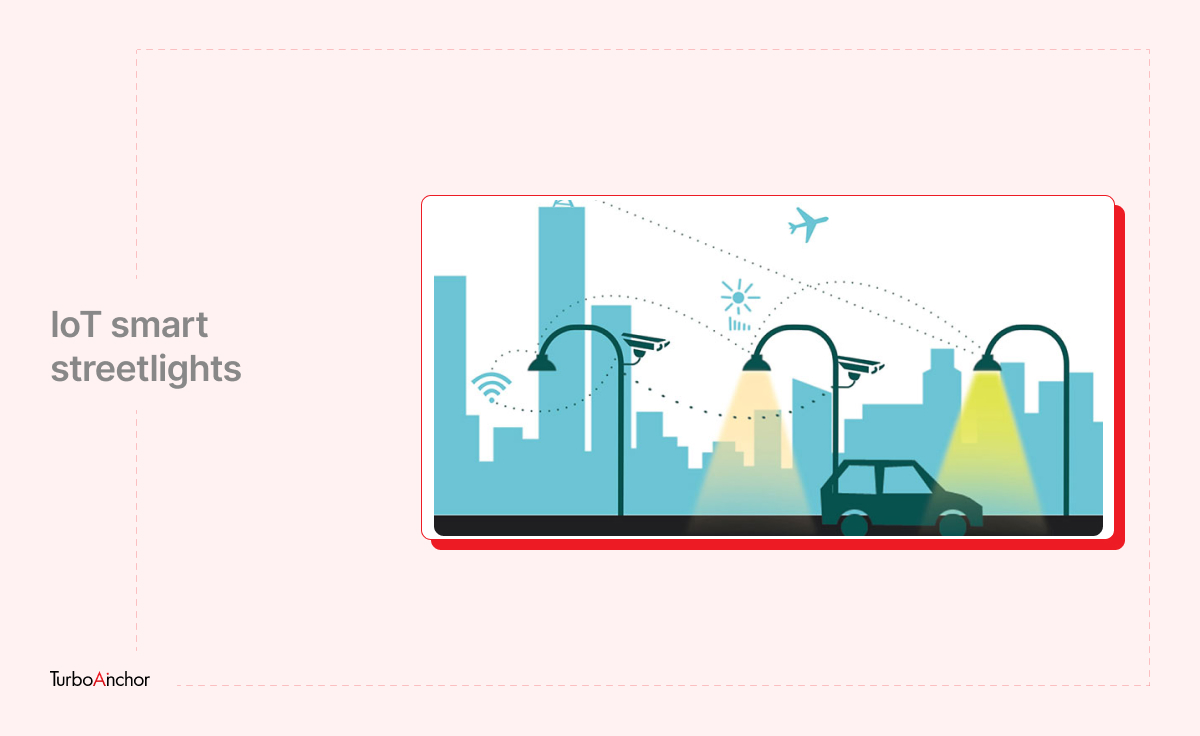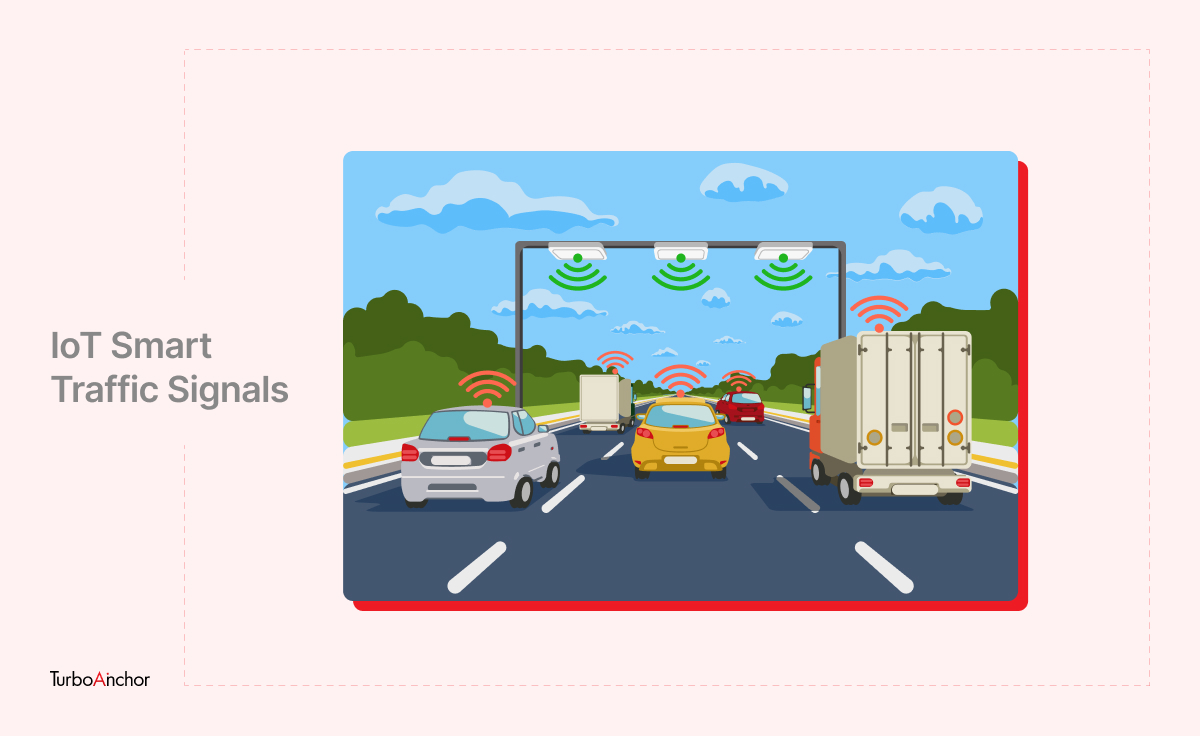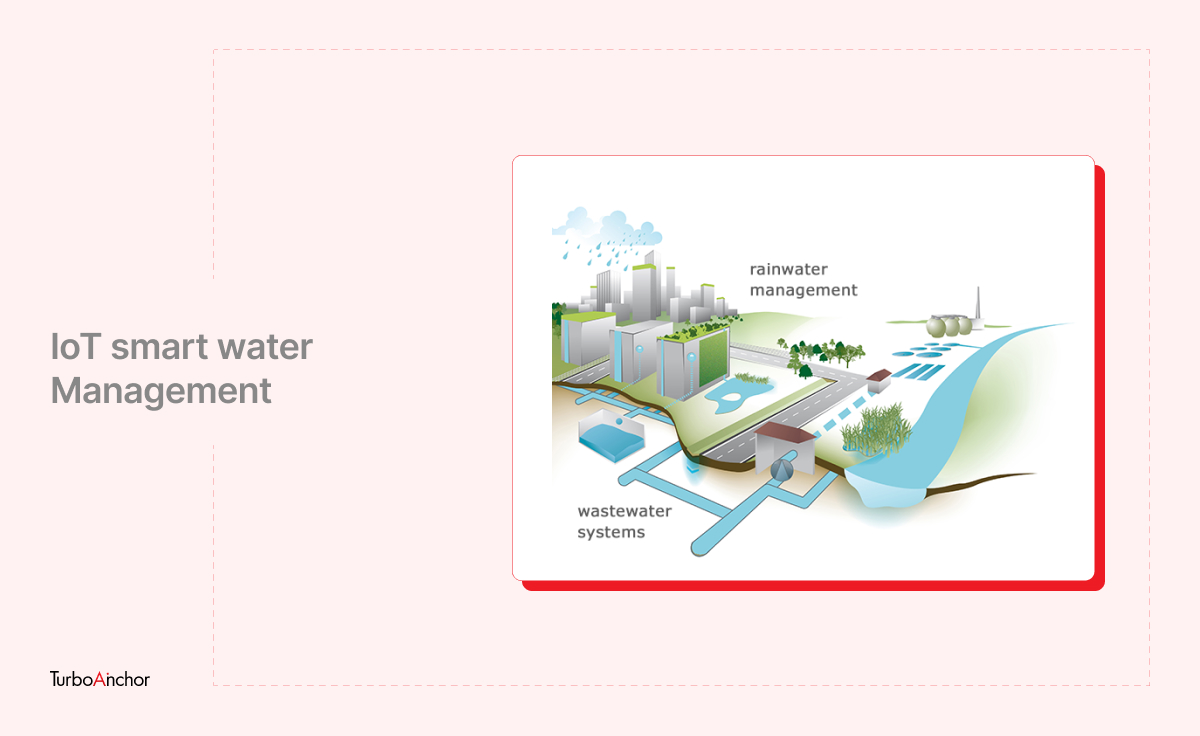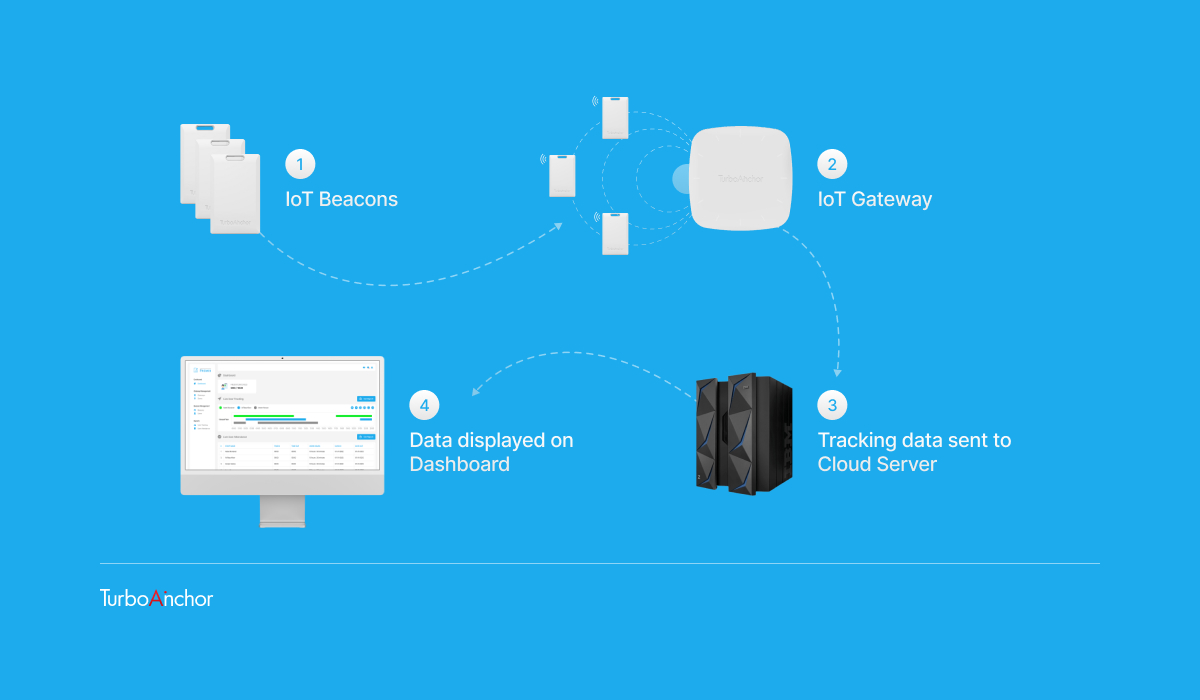Smart cities employ IoT devices such as sensors, monitoring devices, and lights to evaluate and interpret data. Data collected helps to improve infrastructure and manage the city. IoT is playing a key role in developing Smart cities as we are taking one step after another into the future. The gradual development and advancement of IoT technology will surely change the way of living.
Table of Contents
ToggleSmart Cities
This industry is evolving day by day, and it is challenging to get the extent of applications in this industry. “Smart cities” could be considered a collection of sectors that include city lighting, city transit, wastewater management, emergency services, traffic management, etc. New IoT smart city projects will probably appear as available technologies become more widely adopted and targeted at specific requirements of specific use cases.
Benefits of IoT Solutions in Smart Cities
City Lightning
IoT Smart street lights consist of technology like smart sensors and cameras. Speaking of functionality, these sensors can detect pedestrians walking by adjusting the lightning from bright to low. The sensors can detect movements, adjust the lights according to day and night, and automatically turn them on and off. That makes it very energy and money-saving aspect.

For Example, These smart city lights can switch according to the daylight and when a civilian crosses whether he’s in a car or bike. These lights work as a spotlight and brighten when someone is crossing the street and letting know of any vehicle coming their way.
Traffic Management
Managing the flow of traffic is considered quite an obstacle for smart cities. But with the state of the art IoT technology, it’s an easy solution like sensor technology that transmits real-time traffic to the traffic control base. But that’s just not it; these sensors also grab GPS signals from cellphones to determine the traffic load, location and speed. On the other hand, traffic lights connected to the cloud storage manage the street signals timing from red to green.

Wastewater Management
Well with the rapid growth of civilization there might be a point where we end up facing resource crises, especially related to water. Therefore, smart cities developed smart wastewater management. The smart IoT-enabled sensors enable the management of safeguarding the city from the overflow of sewage overflow. These sensors send real-time notifications that let the management know about both the overflow of sewage and wastage of water especially when it’s heavy rainfall.

For Example, These smart IoT technology uses advanced analytics and collected data related to the distribution of pipes. That provides insight to management related to any leakage of pipes, chemicals, or any sort of hazards in the water.
Smart Parking
You may have seen this type of parking in shopping malls. Smart parking uses sensors that let you find a free parking spot without hassle. The sensors identify any vacant space that helps you save time and fuel by looking for a spot to park for. It’s a win-win situation for both cities and the parking space business. As you may ask; well, these sensors measure the time of the vehicle parked at the spot and charge it accordingly.
Advantages vs Disadvantages Of Smart Cities Using IoT

How Is FP7-SmartCities-2013 project RERUM Providing Reliable & Secure Smart City Applications?
Information and communication technologies have been considered a promising solution for providing effective services to citizens in smart cities. A new era of Smart Cities has emerged thanks to the latest advances in the Internet of Things, offering new opportunities for developing efficient and low-cost applications aimed at improving the quality of life in cities.
There has been much research in this field, and many commercial products have been developed. Still, important parameters like security, privacy, and reliability have not been given much thought. With the introduction of the FP7-SmartCities project, RERUM in the market is designed to work upon the advancement of IoT in smart cities and create a framework to improve the reliability and security of smart city applications.
RERUM presents four applications in a development process, explains how reliability and security issues are considered, and describes RERUM’s solutions to address these issues.
Reference source: Enabling reliable and secure IoT-based smart city applications
How IoT Transforms Offices In Smart Cities?
Smart office
A smart office is a hi-tech workplace that uses analytics and connected technology to help people work more efficiently and productively.

Someone running a smart office often faces questions like how to understand and improve employees’ performance? People tackling such questions can go for employee monitoring tools, which use real-time monitoring. Thus, it lets you know employees’ execution processes and work patterns. You can study your employees’ productivity efficiently by accessing these details.
Suggested Read: 20 Types of Workspaces, & How To Know What’s Best For You?

Top of that, it is easily accessible just by employing beacons (in the form of employee cards) within your premises. Not only does it track and monitor employees’ activities. But also forward data related to them straight to the cloud storage. Which is secure data and is much more cost-efficient, rather than paying for each server to store your data. Besides, you learn about strengths and weaknesses within your company.
For example, you may get to know that your team members have more time on their hands or are more useful in some other areas. With the proper insight of each team member, you can execute more informed decision-making. You get to know about issues like poor customer management or workers’ nature who slack off.
Final Thoughts
Until now, everyone should be aware that IoT is a revolutionary step toward the future. It is changing the way we work and affecting the way we live. For instance, a Smart City with IoT can manage and control almost all the city’s activities with more efficiency, cost-effectiveness, and less time consumption. Nonetheless, cities should take a uniform approach to designing a functional and scalable smart city architecture to use it better. The more calculated it’s designed, the more cost it takes in IoT development and fast track the execution of smart city solutions and yet again room for growth.
Also Read:
Get the TurboAnchor® newsletter
Get smarter with the latest news, tutorials and consultation on technology.
Error: Contact form not found.
By signing up, you agree to our Terms of Use and acknowledge the data practices in our Privacy Policy.